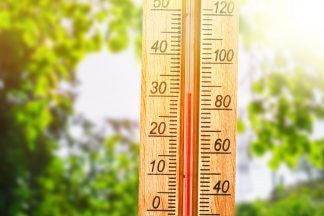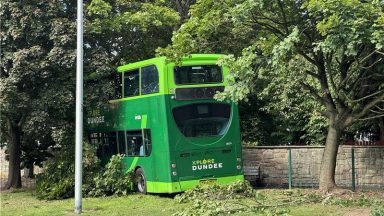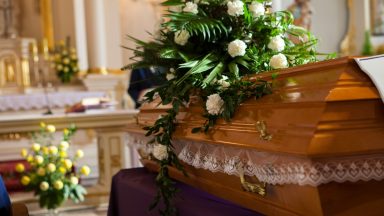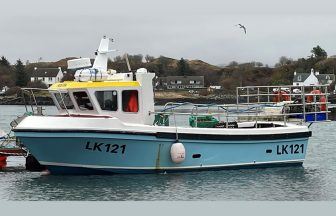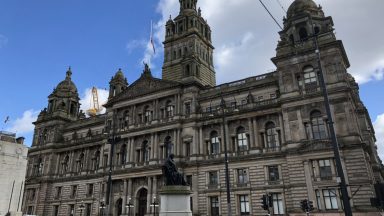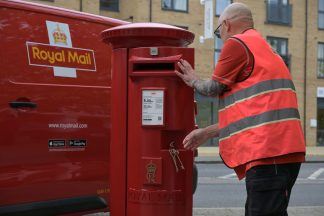Around 4,000 ash trees across East Renfrewshire Council’s estate could be felled at an estimated cost of around £4m due to disease.
An action plan is set to be developed to deal with ash dieback disease, which is caused and transmitted by a wind-borne fungal spore.
Trees at an “advanced stage” of the disease are at “high risk of collapse and injuring people or damaging property” — and the council has a duty to protect the public from falling trees or branches on its land.
Council officials will present a report to cabinet members on Thursday, which states surveys have revealed “over 3,000 trees have been identified with the disease”. A survey has yet to be conducted by housing services but it is estimated “a further 1,000” will “potentially be affected”.
The report warns: “Failure to deal with trees that have been identified in the latter stages of ash dieback disease could have significant health and safety implications for the council and could lead to reputational damage or legal action.”
The action plan is proposed to combat the disease over the next five to eight years, but the costs of managing the issue are “forecast to be significant over time”.
The report adds: “It is difficult to estimate costs for identified future felling works as it will be dependent on tree size, location and quantity, how the disease has progressed, material disposal and traffic management fees (where trees are on road verges).
“Using an average of £1,000 per tree (without traffic management) for approximately 4,000 trees yet to be felled, would result in an estimated cost of £4m.
“Funding this level of costs from other budget lines is likely to impact on the outcomes and targets associated with those budgets including improvements to the road network.”
Official state it is also recommended surveys are carried out every two years, which could cost £100,000 per time. Glasgow City Council recently estimated dealing with diseased trees could cost the authority between £25m and £38m.
East Renfrewshire Council services are currently managing the costs of ash dieback within their own budgets and have carried out surveys to assess the extent of the disease.
An interim plan, costing around £220,000, could be included in the budget for the coming financial year. It would see around 160 high-risk trees felled and a survey carried out by housing services.
The report states housing services are “likely to find ash dieback disease in mixed tenure estates”, and may require owner occupiers to partially fund the felling of trees. “There is, however, likely to be significant legal and administrative recourse required for this task and additional funding may be required,” it adds.
Four categories are used to manage the disease, ranging from minor traces to “extremely sparse foliage, poor crown density and large dead branches”.
East Renfrewshire Council aims to replace each tree felled, although this will not always be in the same place. By the end of March, the council will have planted 10,000 mixed native saplings across the area, funded by the Scottish Government.
Trees, unless in an “extremely dangerous condition”, are normally taken down between September and the end of March to avoid bird nesting season.
Follow STV News on WhatsApp
Scan the QR code on your mobile device for all the latest news from around the country




